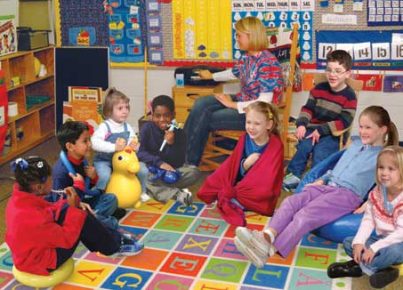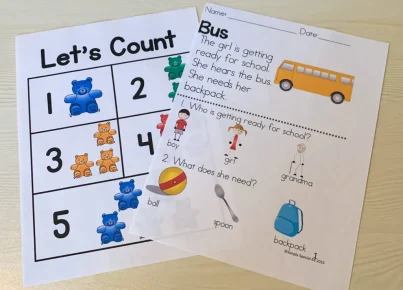Introduction:
In a world that celebrates diversity and cherishes the unique qualities of each individual, the concept of inclusive education is gradually gaining ground. Inclusive education aims to integrate special and mainstream schools in a manner that allows students with disabilities or different needs to learn alongside their peers in general education classrooms. This article delves into the importance of linking special and mainstream schools, and explores some successful strategies to promote healthy integration.
The Importance of Linking Special and Mainstream Schools:
1. Promoting Social Inclusion: One of the major advantages of linking special and mainstream schools is the promotion of social inclusion. When students with disabilities or different needs are included in regular classrooms, they have greater opportunities to interact with their peers, fostering understanding, empathy, and acceptance among all students.
2. Enhancing Learning Outcomes: Inclusive education has been proven to have a positive impact on learning outcomes for both students with disabilities and their peers in mainstream schools. When given access to appropriate support and modifications, students with disabilities can thrive in an inclusive setting, while their presence can lead to a richer learning environment for all students.
3. Encouraging Professional Collaboration: The process of linking special and mainstream schools requires collaboration between special educators, general educators, therapists, administrators, and parents. This collaborative approach can lead to more effective teaching practices and better support for students with diverse needs.
Strategies to Bridge the Gap between Special and Mainstream Schools:
1. Teacher Training and Support: Teachers play a pivotal role in inclusive education. Providing them with necessary training about diverse learning needs can help them to make necessary accommodations or modifications for students with disabilities in mainstream classrooms.
2. Peer Buddy System: One effective way to promote inclusivity is through implementing peer buddy systems or paired learning activities. Under such a system, students from mainstream classrooms are paired with their counterparts from special schools. This not only enhances mutual understanding but also allows students to learn from each other.
3. Co-teaching Models: A co-teaching model where special educators collaborate with general educators in a mainstream classroom can be highly effective in ensuring that both groups of students receive the necessary support and accommodations that they need. This approach can help in the seamless transition of students with disabilities into mainstream school environments
4. School-wide Culture of Inclusivity: To truly bridge the gap between special and mainstream schools, it is essential to create a school-wide culture of inclusivity. This would involve adopting whole-school strategies such as targeted professional development for staff, regular parent and community engagement, and modifications to classroom rituals and routines to ensure an inclusive atmosphere.
5. Accessible Infrastructure: Ensuring that schools have accessible infrastructure (e.g., ramps, elevators, modified equipment, etc.) is critical for making sure that every child has the chance to fully participate in school activities, regardless of their physical abilities.
Conclusion:
Linking special and mainstream schools is a crucial step towards realizing the goal of inclusive education. By fostering social inclusion, enhancing learning outcomes, and promoting collaboration among educators, it is possible to create an environment where all students can thrive and grow together.





